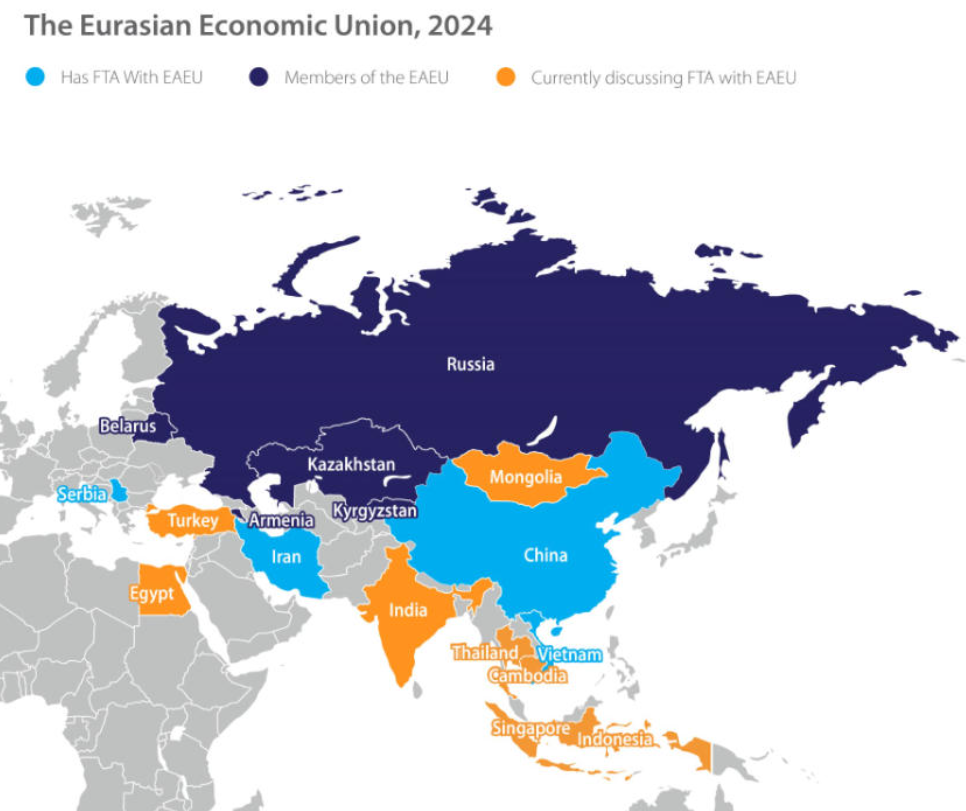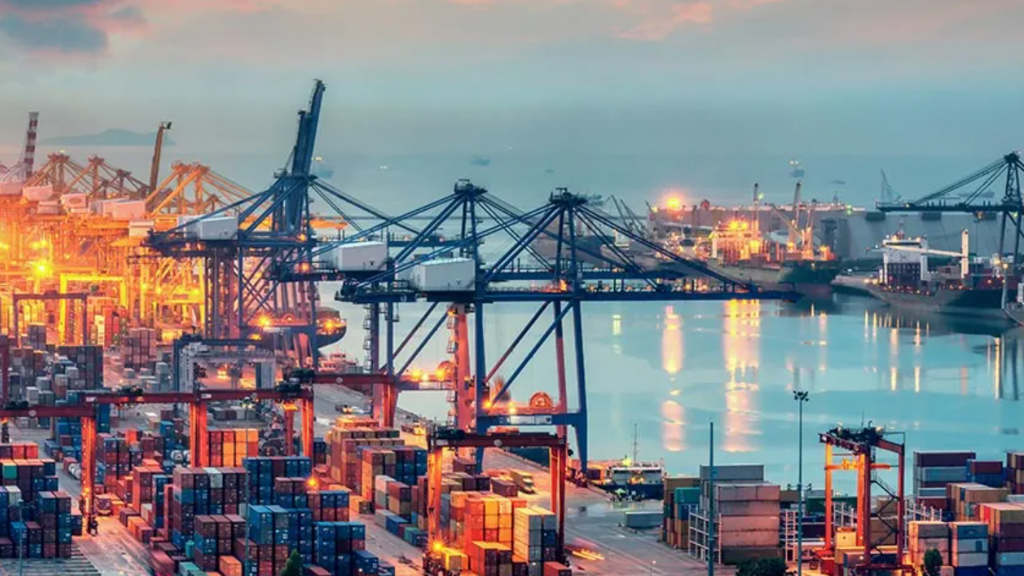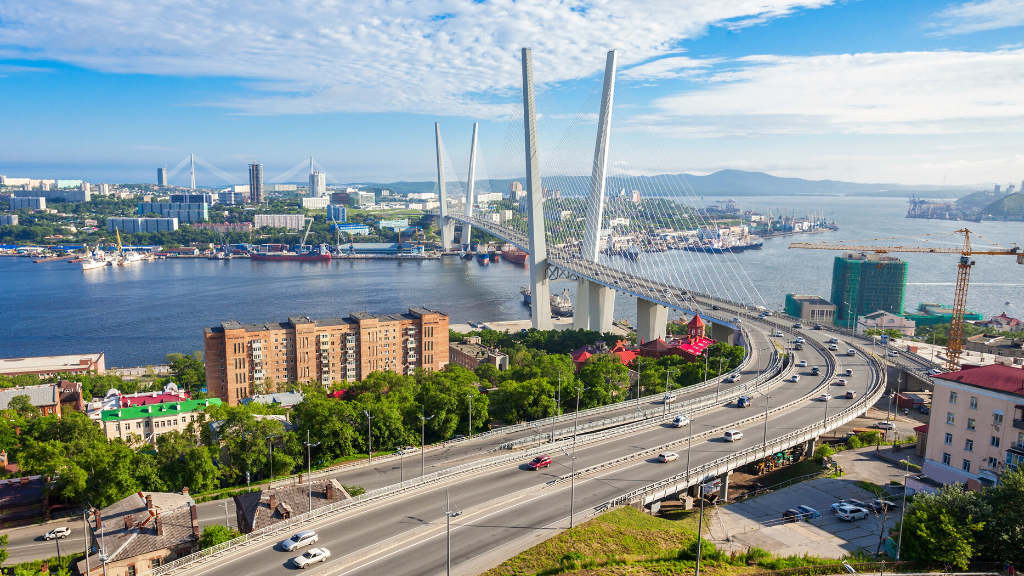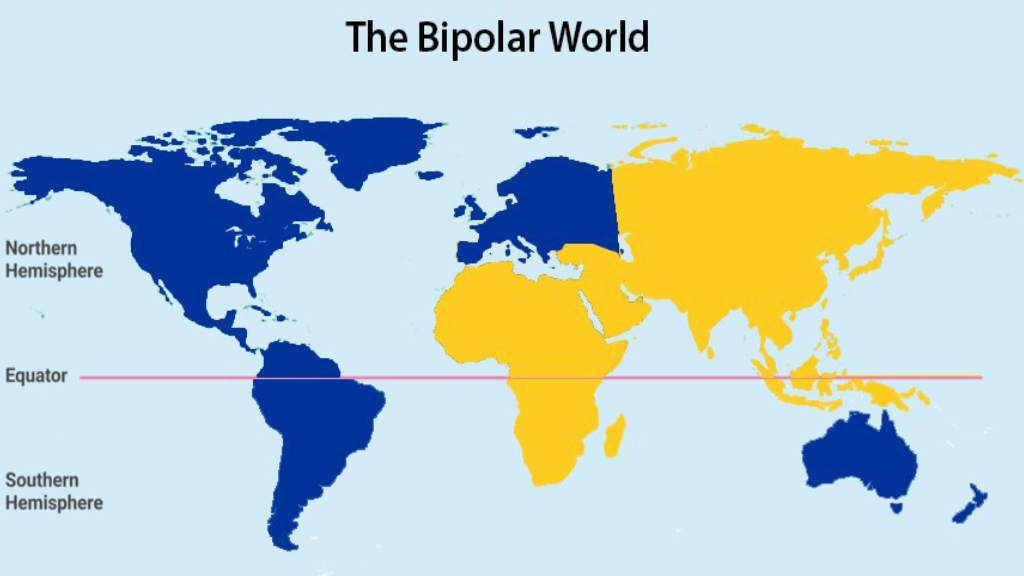
In a major trade step forward, the Eurasian Economic Union (EAEU) and China have agreed to implement vital elements of cooperation in trade digitalisation, making mutual trade flows increasingly transparent and effective. The impact will further increase multilateral trade throughout China, Russia and the Eurasian landmass.
Russia’s Minister of Trade of the Eurasian Economic Commission, Andrei Slepnev stated while speaking at “The Balance of interests of Moscow and Beijing in Eurasia. Connection of the Eurasian Economic Union and the Belt & Road Initiative” forum that was held as part of the framework of the Ninth International Conference of the Russian International Affairs Council (RIAC) and the Chinese Academy of Social Sciences (CAS) titled “Russia and China: Cooperation in a New Era.”
Slepnev said that “Against the backdrop of previously unsuccessful attempts to integrate digital systems, when one of the parties was asked to adopt the tools and mechanisms of the other side, we have now reached with China a common understanding of integration as working on the principles of transparency, mutual respect, equality, as well as cooperation in various integration sites.”
There have been difficulties in aligning digital infrastructures, not least with coding issues. Chinese codes are usually in Chinese characters, Russian ones in Cyrillic or Roman. The EAEU also includes five member states, Russia, as well as Armenia, Belarus, Kazakhstan and Kyrgyzstan, making the adoption of a digital code all can utilize as well as interface with Chinese codes somewhat challenging.
However, Slepnev said that a Russia-China regulatory framework has now been put in place, and the current interface – the “Agreement on Trade and Economic Cooperation between the EAEU and China”, has been adapted to meet mutually compatible digital protocols. The implementation of the provisions contained in the regulatory agreement is expected to significantly contribute to the growth of mutual trade, increase intraregional connectivity, and also contributes to the development of opportunities for the development of cooperative cooperation.

Slepnev stressed that “Not only this Agreement, but in general the movement towards each other has made it possible to increase mutual trade between the EAEU and China, in the four years 2019 to 2023 to more than double.” That implies annual growth of 25% per annum as both economies begin to integrate and merge to become a large Eurasian trade space.
In this regard, he said that during the fourth meeting of the Joint Commission in April 2024 in Beijing, substantive agreements were reached to deepen cooperation in the digitalisation of transport corridors, technical regulation, customs cooperation, sanitary and phytosanitary measures, as well as e-commerce.
Slepnev noted that “In the future, it is planned to expand the list of areas discussed. In addition to transport, I would note such important elements of cooperation as digitalisation and climate, which, as we all understand, are based on technological transformation. These are the most important areas, here we are very close with China and jointly promote them on the BRICS and SCO platforms, so as not to create new barriers to trade, but to build common approaches.”
China has signed a Free Trade Agreement with the EAEU, however at present this is non-preferential. Slepnev addressed this issue, stating that a joint scientific study on further scenarios for the development of interaction between the EAEU and China was also taking place, as the pace and volume of cooperation already goes beyond the scope of the current agreement. “It is clear that in the current situation, full-fledged free trade would probably be too risky a step for our industry and agriculture. The scenario of limited liberalisation proposed by scientists of the EAEU and China looks viable under certain conditions. It can really diversify mutual supplies and open up prospects for our suppliers on the Chinese market.”
He suggested added supplements to the existing interface formats in meetings focusing on key, strategic issues, which would be discussed during the regular meetings of China and the five EAEU states, on the sidelines of SCO summits.
The concept of linking the EAEU and China’s Belt & Road Initiative (BRI) was formulated in 2015 as part of the Russian-Chinese high-level dialogue and was further supported by other member states of the Union. The main elements of this concept are:
“Support from the EAEU countries for the BRI initiative and readiness for close cooperation to promote it, the conclusion of an agreement on trade and economic cooperation between the EAEU and China, and the launch of a dialogue mechanism between the parties to link Eurasian economic integration and the BRI.”
The BRI is essentially a massive Chinese outbound financing programme with a major focus on infrastructure. Its aims are fairly simple, to construct two-way trade flows to feed China’s increasingly consuming population of 1.4 billion, and to assist China’s exports. BRI projects are also increasingly financially sophisticated – with many projects looking for returns on investment such as road, rail, airport and port investments being constructed and then being listed on local bourses. At that stage the original Chinese party typically exits, although they may retain a minority stake to retain future dividends. The policy has been successful, albeit with a few bumps along the road. To date China has invested about US$1 trillion. The implications of the EAEU and China agreement is that we can expect to see Chinese outbound investment into EAEU infrastructure projects increase in coming years.
Further Reading
Russia and China’s Belt & Road Initiative
We discuss the role of China’s Belt & Road Initiative in Russia in extensive detail in our Russia’s Pivot to Asia 2024 Guide. This is a complimentary download and can be accessed in English here and in Russian here.




